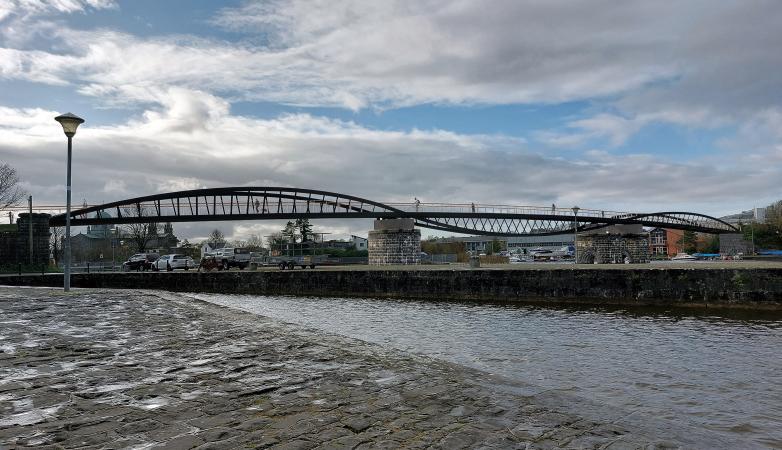New hope for rail bridge cycle and walkway
Published:
-

-
Author: Avril Horan
~ 4 minutes read
From this week's Galway City Tribune
By Avril Horan
GALWAY City Council intends to use part of its Urban Regeneration and Development Fund (URDF) allocation to advance the Clifden Railway Pedestrian and Cycle Bridge through planning.
The decision will ensure the project moves forward despite the National Transport Authority (NTA) withdrawing its support.
While there is uncertainty following the NTA’s decision, councillors expressed cautious optimism at a recent Central Ward Area meeting, with hopes of securing potential new funding partners.
Director of Services Derek Pender told councillors that the €5.5 million in URDF funding remained fully intact and could be used to advance the bridge to detailed design, environmental assessment, and planning permission.
He said this approach would keep the project “alive and viable”, positioning it strongly for future investment.
The bridge, a key element of the Connemara Greenway linking the Dyke Road area with the University of Galway campus, was originally expected to be funded jointly by the URDF and the NTA.
However, the NTA has indicated that it “no longer sees the viability of another pedestrian crossing over the Corrib at this time”.
While this decision leaves a major funding gap, Mr Pender stressed that the Council “won’t be short of suitors” .
He specifically highlighted Transport Infrastructure Ireland (TII), the lead body for the Galway to Clifden Greenway, as a strong candidate to step in at the construction phase.
The project’s cost has risen substantially due to inflation. First estimated at €11 million in 2020, the projected cost increased to €13.6 million in 2022, €14.8 million in 2023, and now stands at an estimated €15.6 million for 2025.
To date, €147,000 has been spent on design and architectural work. With only the URDF funding confirmed, the project currently faces a €10 million shortfall.
The aim is to seek flexibility from the Department of Housing — who administer the URDF — to use roughly €1 million of the allocation to fund environmental impact studies, ecological and archaeological surveys, and the completion of detailed design.
Securing planning permission, Mr Pender said, would significantly strengthen the Council’s ability to attract replacement funding.
Fine Gael Cllr Eddie Hoare welcomed the Council’s commitment to progress the scheme, but criticised the NTA’s withdrawal, describing the bridge as “a landmark project for Galway” and “an essential part of the Greenway and wider city connectivity.”
He said that Galway “wants this project delivered” and that the NTA’s stance “leaves a lot to be desired,” given the strategic importance of the bridge.
He added that the rising costs should be recognised in national funding programmes and that an increased URDF allocation, reflecting inflationary pressures, could help close part of the gap.
Cllr Hoare explained that a future URDF funding round, which is expected next year, may offer the opportunity to seek additional support, while TII remains a strong potential backer at construction stage.
“Hopefully, the Department of Housing and Local Government will allow the Council to unlock some of that €5.5 million to further progress to planning,” said Cllr Hoare to the Galway City Tribune.
“After that, it is hoped the TII will intervene and bring the project to a construction phase.”
The proposed bridge would use the remaining abutments of the original Clifden Railway Bridge, dismantled in 1938 after the closure of the Connemara railway line.
If built, it would reduce a current 1.1-kilometre journey on foot or by bicycle to just 131 metres, and would provide a continuous connection along the Greenway towards Dangan, improving access to the University of Galway sports grounds, the IDA Business Park and the Dyke and Headford Road areas.
Funded by the Local Democracy Reporting Scheme.
Pictured: A computer-generated image of how the new bridge would look.
More like this:
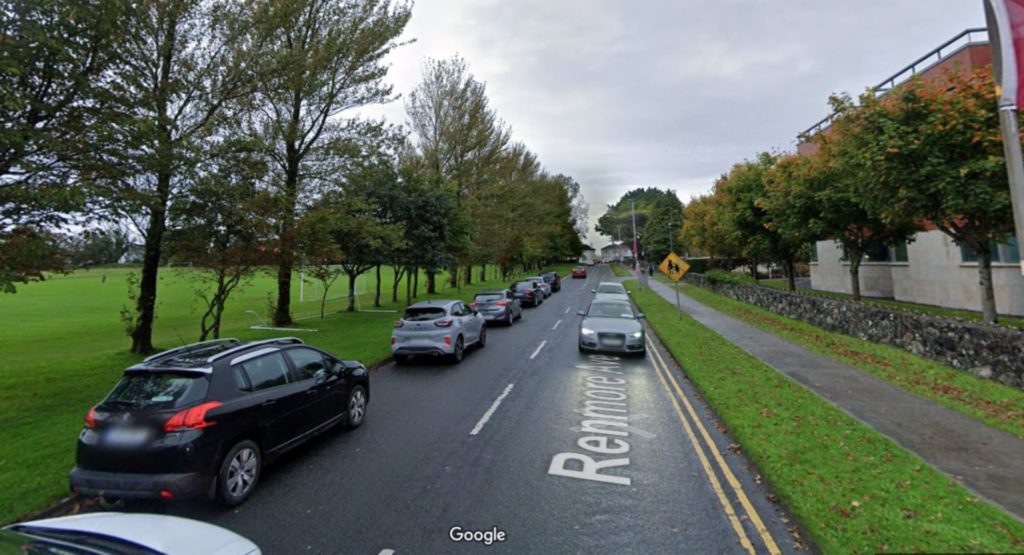
Renmore group to hold protest today over unsafe traffic conditions
This article first appeared on Galway Bay FMThe Renmore Area Traffic group is holding a protest t...

Ops are cancelled as University Hospital Galway under strain
Management at UHG this week issued a warning to patients attending its Emergency Department (ED) ...
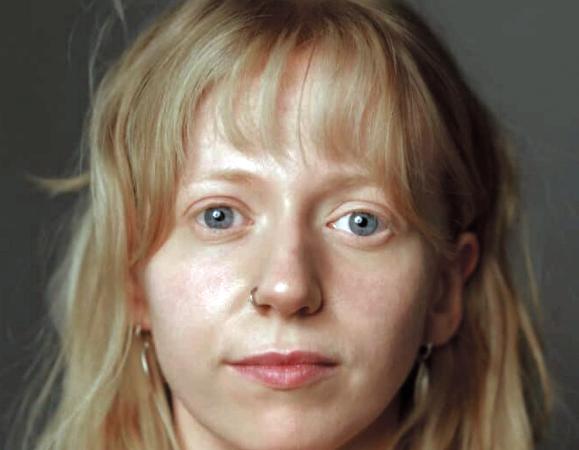
Christmas outing for Wilde’s classic at An Taibhdhearc
An Taibhdhearc’s new Christmas production, An Fathach Leithleasach – the first ever Irish-languag...
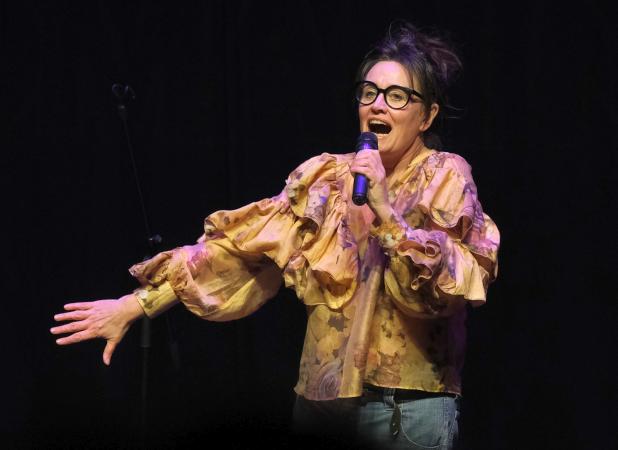
Wild ‘womany’ adventures in Anne’s new comedy show
Anne Gildea’s latest comedy show, Further Adventures in Womaning, will be in the city’s Town Hall...
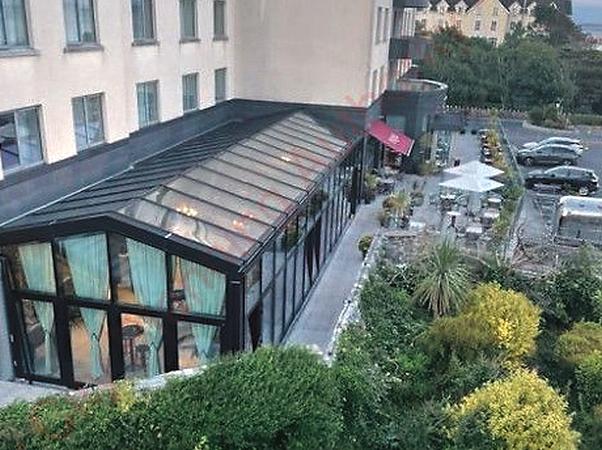
Salthill Hotel in new bid to save conservatory
The Salthill Hotel is making another effort to be allowed retain a glazed conservatory to the fro...
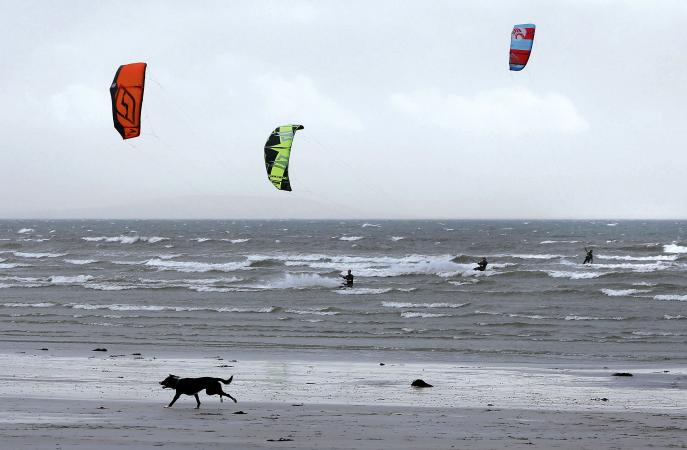
Hopes for end to Silverstrand beach ban on watersports
By Avril Horan EFFORTS to resolve the watersports ban at Silverstrand have taken a step forwar...

Connacht winger Hansen faces another long spell on sidelines with foot injury
By JOHN FALLON CONNACHT return to URC action this weekend when they take on the Sharks at Dexc...

Three out of four ain’t bad as Maigh Cuilinn, Maree and Mystics all victorious
IT was a winning weekend for three of the four Galway sides in national league action, with Maree...
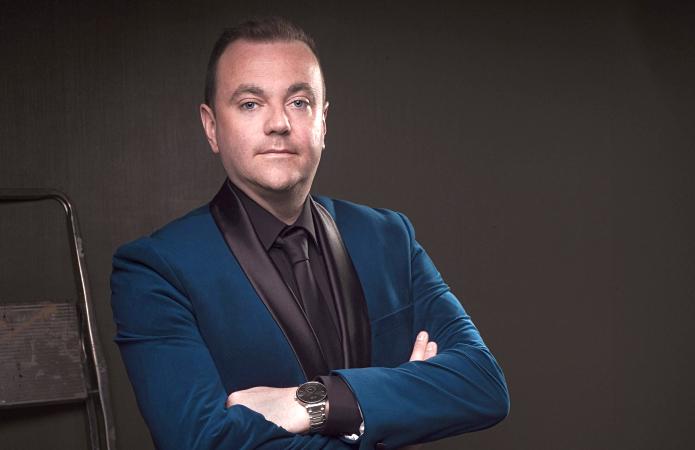
Christmas Country in Ballinasloe
The Christmas Country with the Stars Show will roll into Ballinasloe’s Shearwater Hotel on Thursd...
Sign Up To get Weekly Sports UPDATES




